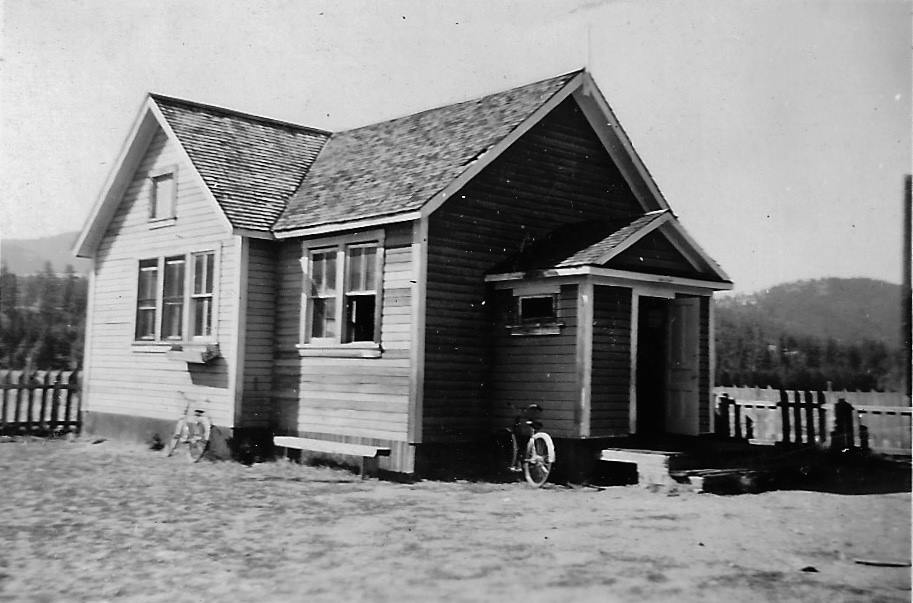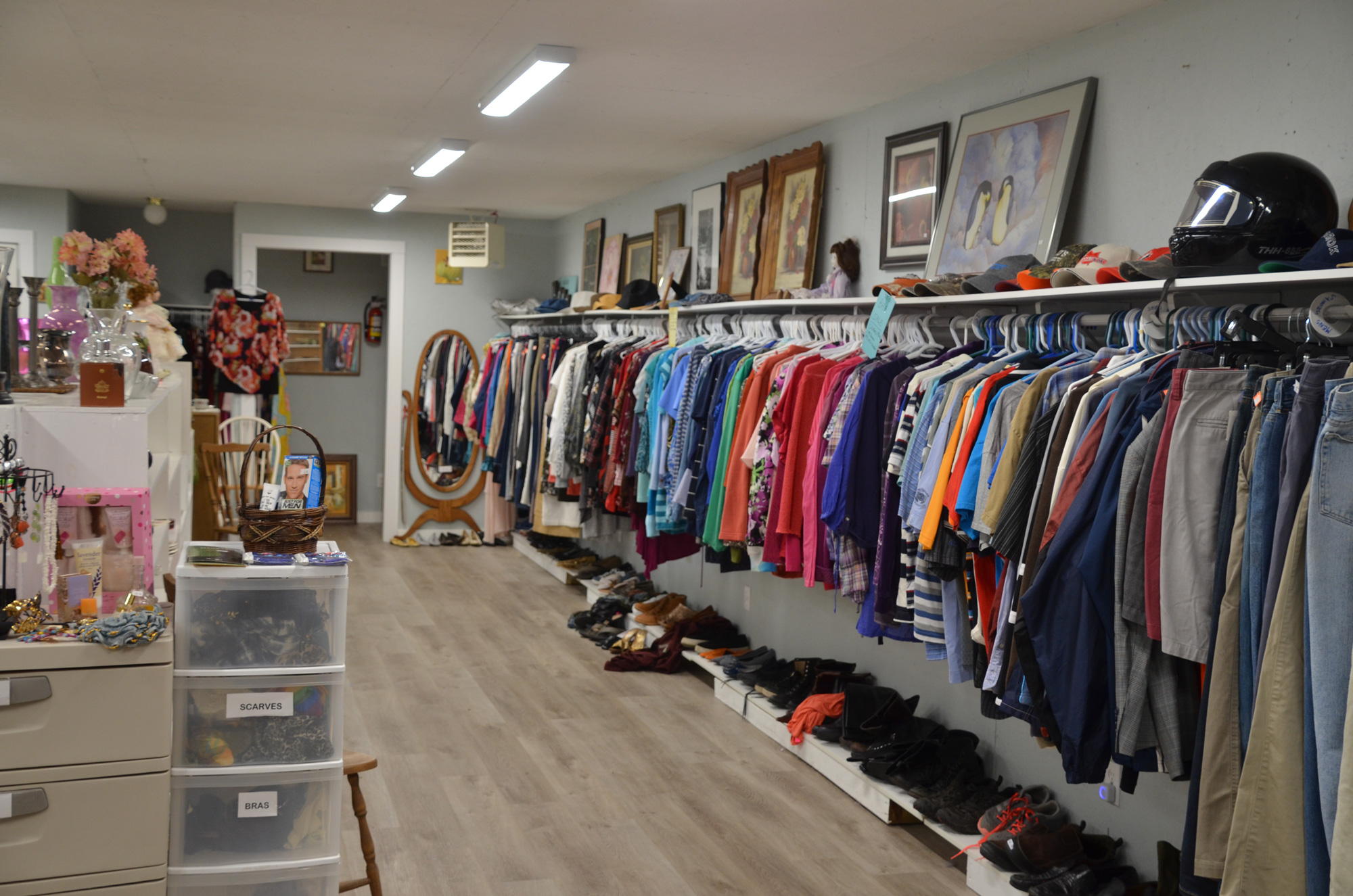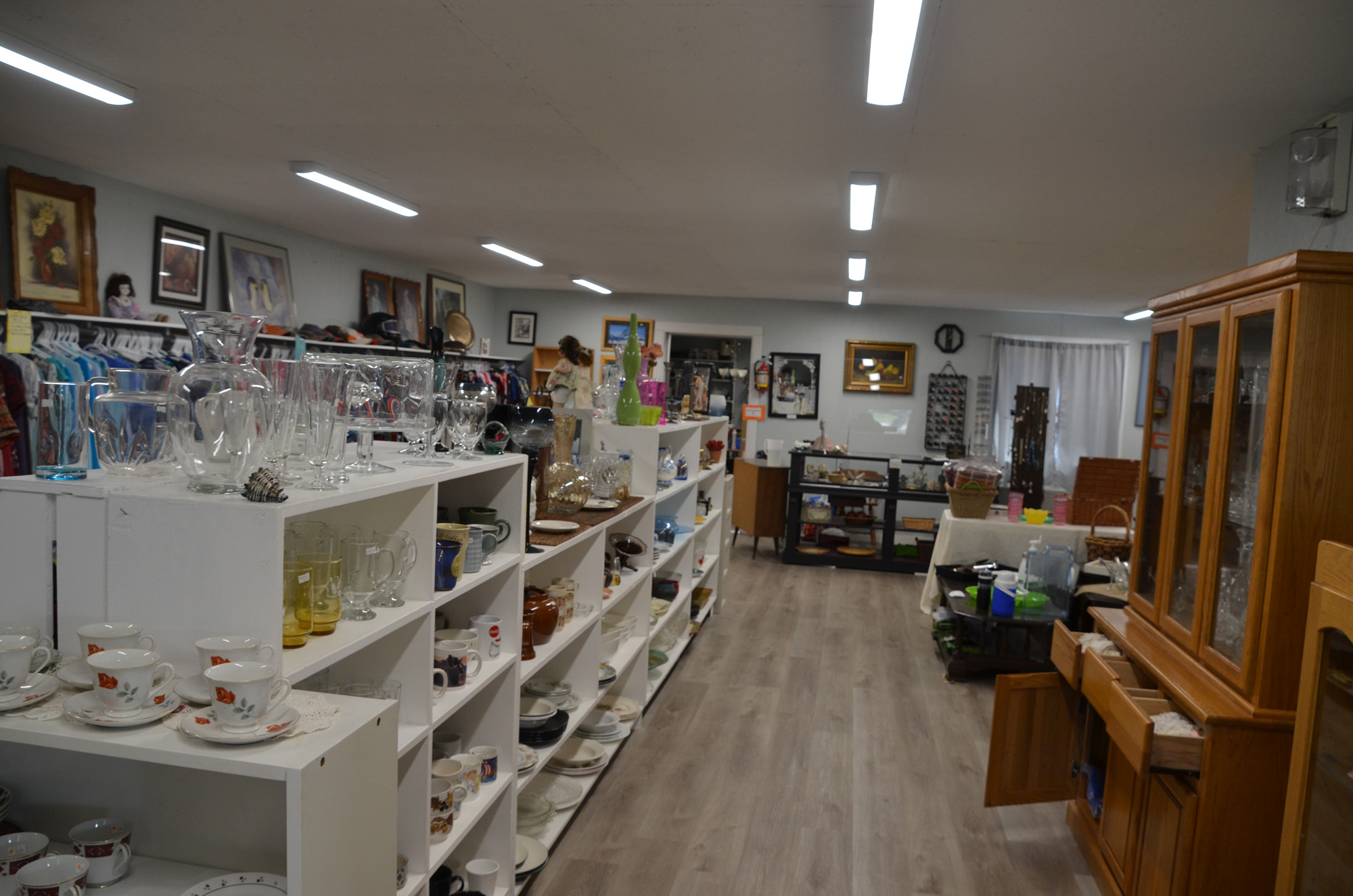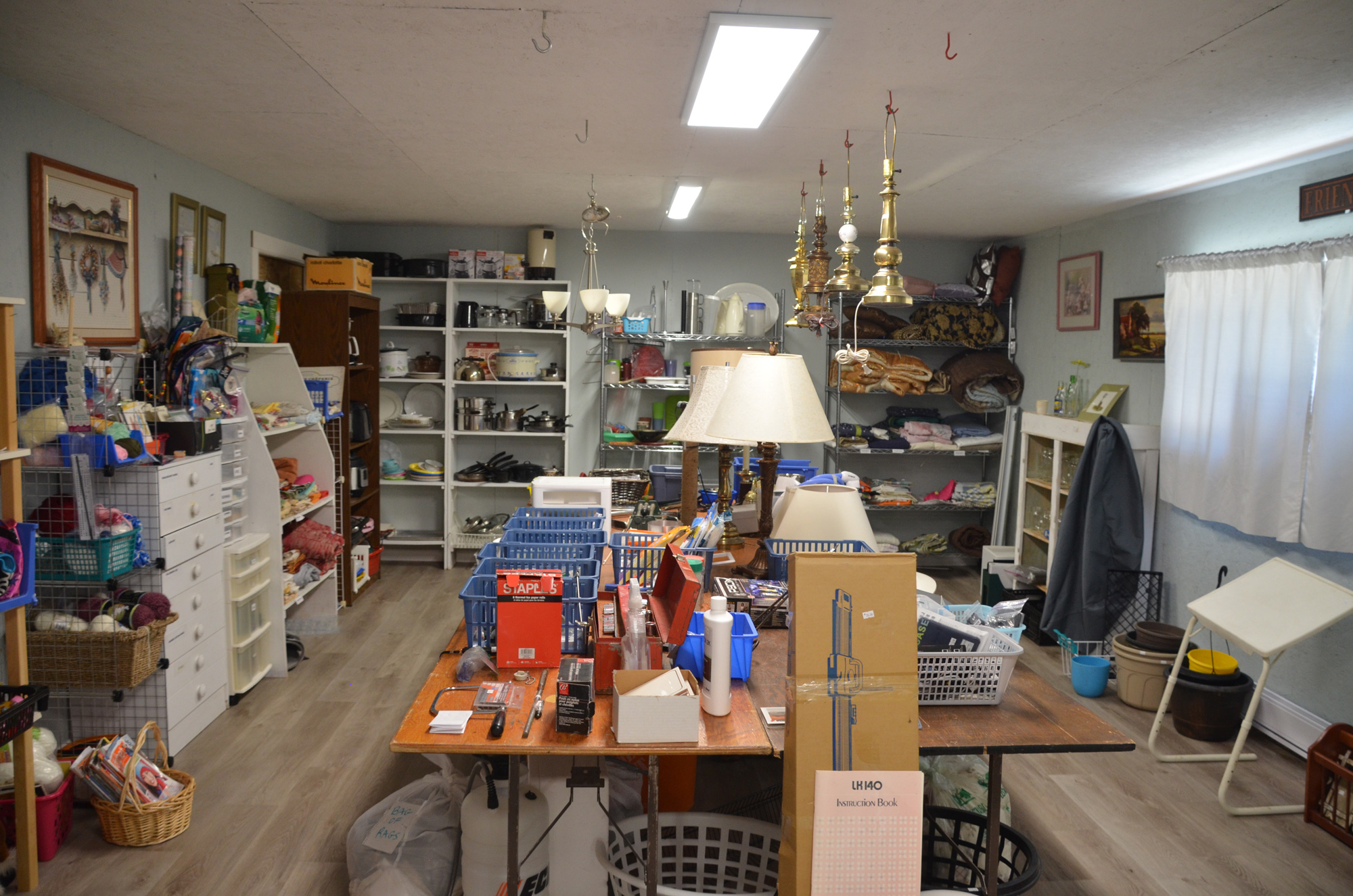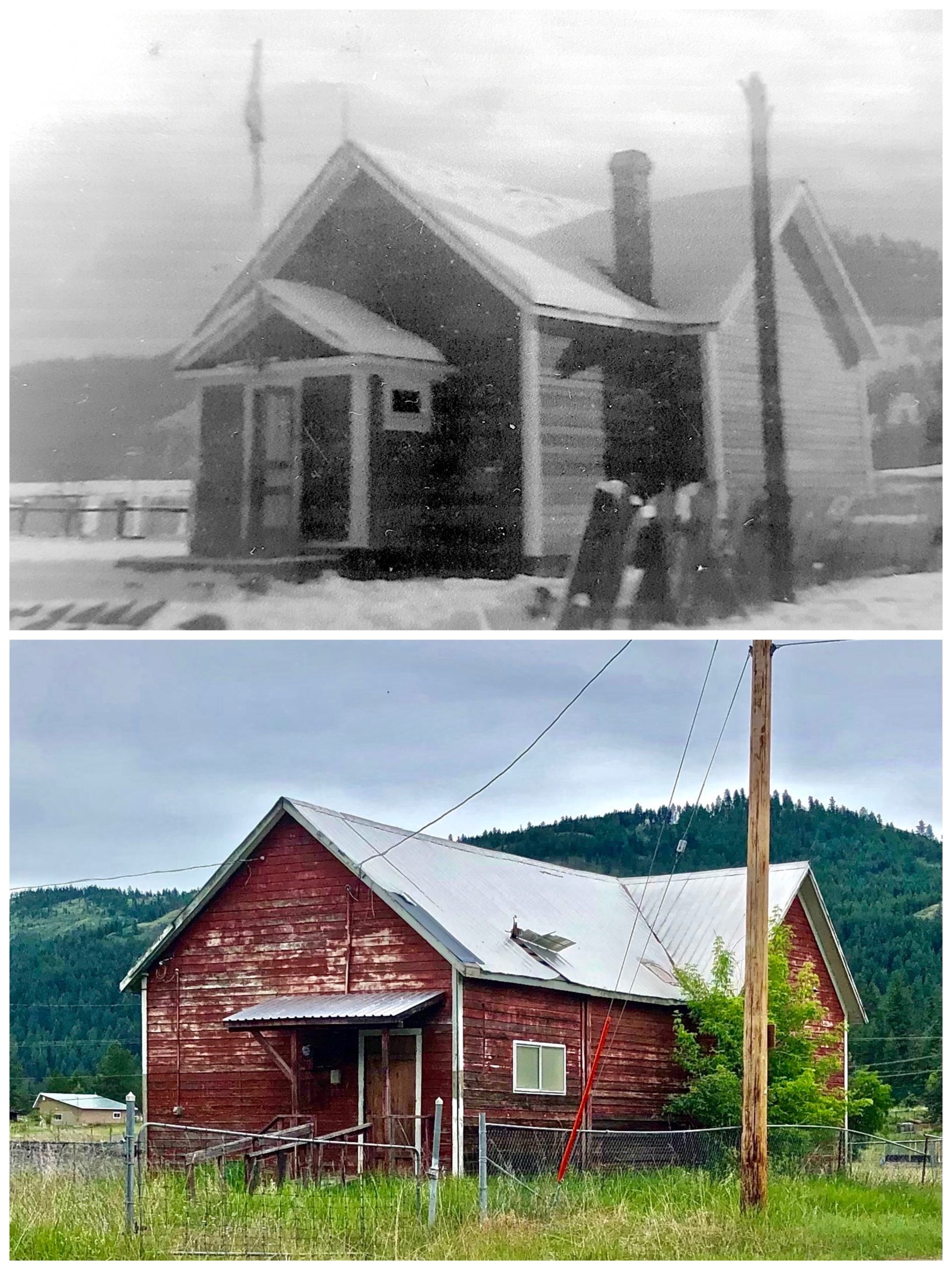Community Projects
Read about our amazing accomplishments. Become part of what we’re doing!
We live in a rural area where government, health, social and community services are naturally limited. We have a culture of self-reliance and a history of people coming together to support our communities. People who live here share common values for nature, community, especially our youth. We proudly come together to build community assets and unforgettable social events.
Did you know that there are about 60 non profit societies in the West Boundary? Many of them have continually operated for over 60 years. Read about our amazing accomplishments. Become part of what we’re doing!
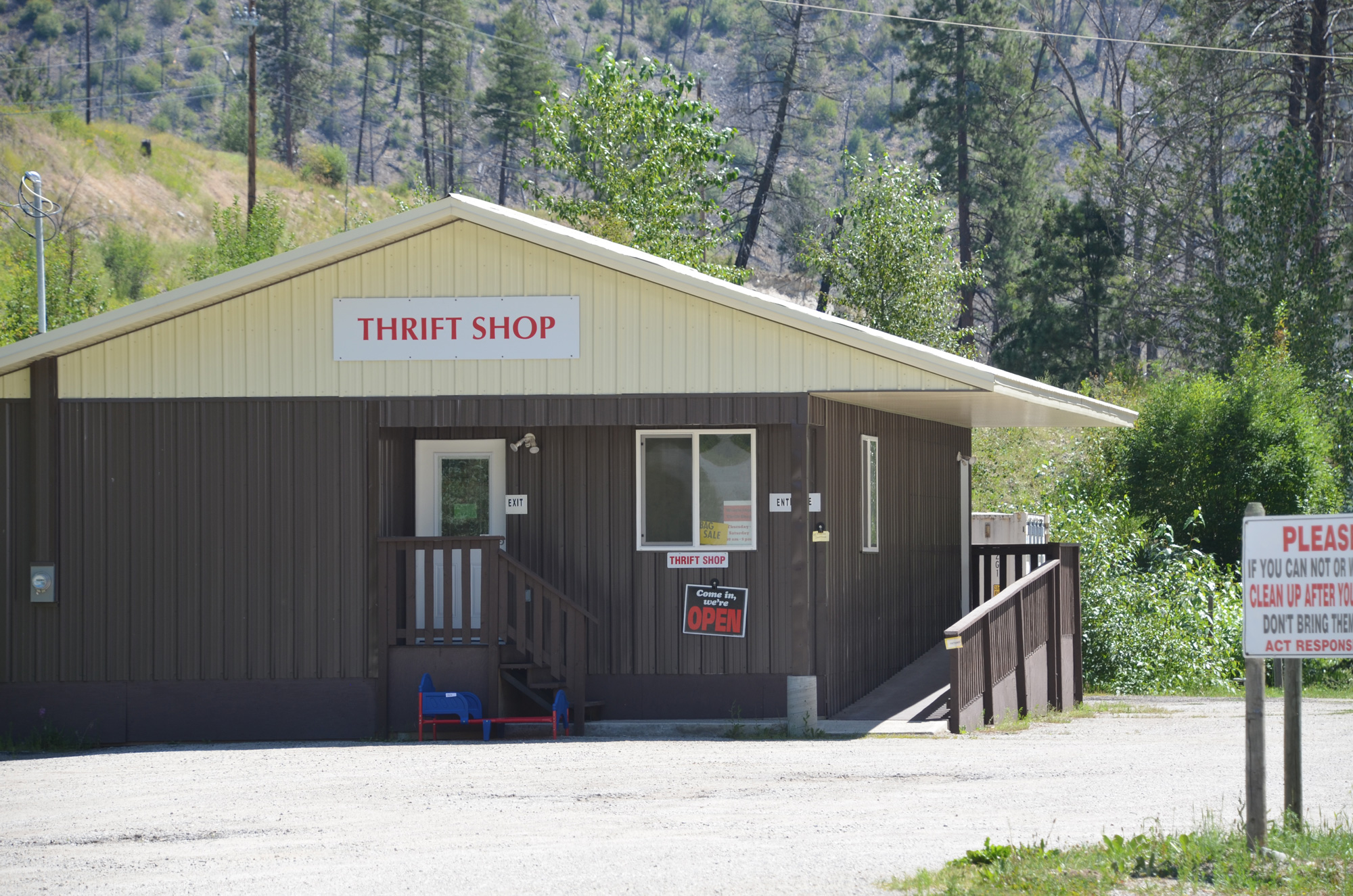
by the Westbridge Recreation Society
New Westbridge Thrift Shop Building
The Westbridge Hall was originally built in 1967 by a large group of volunteers. The Thrift Shop was opened on June 21, 2004 in the basement of the Hall. The building of the new Thrift Shop on a new location began in 2019. It was framed and brought to lock up before winter. In Spring of 2020, the project continued, finishing the interior, moving product and getting everything ready to open on July 16, 2020. The addition of the ‘Green Shed’, a building that was previously used to house books, appliances, hardware and children’s toys for the old Thrift Shop was brought to the rear of the new building, put on blocks and a doorway opened to join both structures. The project was completed in 2020 and continues to be successful today.
Lynne McKillican is the manager with a dedicated group of volunteers that staff the shop, Jeff Sarsons and Eric Joel do the maintenance and upkeep.
The Westbridge Thrift Shop provides affordable clothing & household items for people who can’t afford. 35% of people in West Boundary live in low income households (reference Boundary Vital Signs Survey).
The environmental benefits include reusing instead of going to the landfill and local residents staying local to shop. A large amount of the donations are recycled back into the community instead of going to the landfill. Items not sold are transported to Kelowna (Salvation Army, MCC, Value Village) where they are made available to low-income families in other communities.
It also promotes socialization & volunteerism across age groups in the area. The Shop also allows travelers a place to stop and help support the community by purchasing items.
The Westbridge Community Hall and Thrift Shop grounds are a designated Emergency Centre in the event of fire, flood or other disaster.
Major maintenance and improvements are usually completed with the application/approval of grants. All other operating costs, insurance etc. are covered by the income from the thrift shop. Grants that have been successfully implemented in the past include: Regional District of Kootenay Boundary, Red Cross, New Horizons for Seniors and Osoyoos Credit Union.
The Community Hall and area experienced a large forest fire in 2015, which burned many of the trees around the grounds, as well as 2 flood events, one in 2017 and one in 2018. WRS is so thankful to so many organizations and individuals that have allowed for the rebuilding of the Hall as well as the building of the new Thrift Shop.
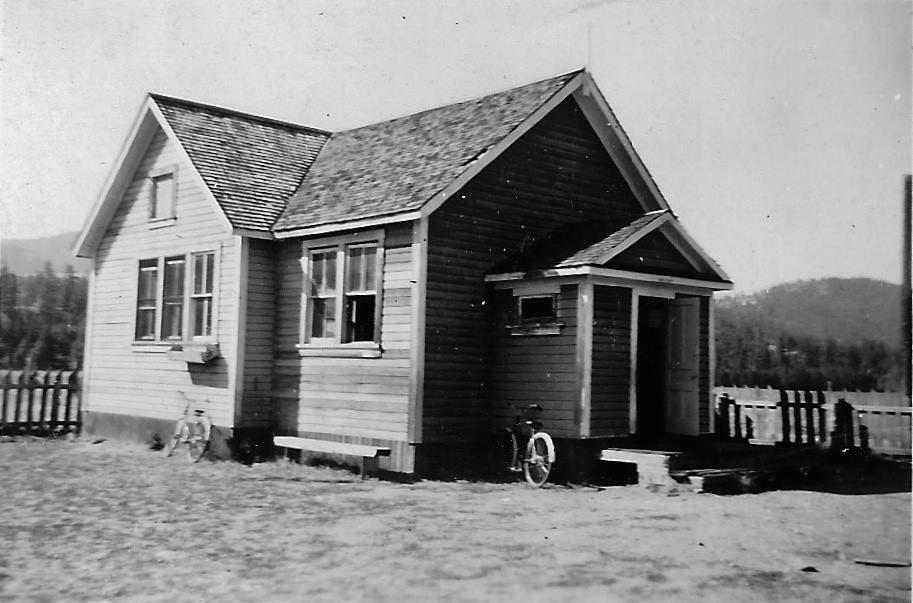
Managed by Trails to the Boundary Society
Rehabilitation of the 1910 Little Red Schoolhouse
To the community, the fondly-known “Little Red Schoolhouse” refers to the structure which saw a life of multipurpose uses. Situated close to the Kettle River and Kettle Valley Bridge, the area is significant for representing historic patterns of Indigenous ways of life dating far beyond 150 years for hunting, fishing, transportation, and gathering, to subsequent settler-based activities of the last two centuries.
The building then served as a meeting place for an abundance of local societies and group activities for over 40 years thereafter. Over decades, it had been valued for adapting to and reflecting the evolving needs of the Kettle Valley community. A vital aspect of the building and site’s heritage value is that it has always been developed, maintained and improved by local residents, resources and funds. Many aspects of the site’s vernacular elements, like the wood-framed schoolhouse portions, the mill end skirting, and the barn red exterior paint, represent locally sourced, donated and recycled building materials from local businesses and residents, which augment its heritage value even more. It tells a story of local craftsmanship: the one-room building was expanded in 1922 to accommodate two dozen pupils (a doubling of capacity) and again in 1957, after it ceased to serve as a school and was known as the Clubhouse, which housed community clubs year round and in winter became the indoor venue for a community-established outdoor ice rink. The building was abandoned in the early 2000’s.
The project is a necessary step in the safeguarding of the cultural and heritage values of the building. Heritage Consultants have identified the building also holds significant cultural and material benefits for the communities of the West Boundary region in which it is situated, by preserving local identity and providing a meaningful and accessible place of gathering.
The project is managed by Trails to the Boundary Society, given that the Society is responsible for such under the 10 year Lease Agreement which began in July 2021. As applicable, elements of the implementation plan will be communicated directly with the Regional District of Kootenay Boundary (RDKB). Upon completion, the building and property in question remain under the ownership of the RDKB and Trails to the Boundary Society has and will continue to assume management of the building and property once the project is complete, given the terms of the current 10-year Lease Agreement.
PHASE 1 – Consultation & Planning (2021-2022): Heritage Consultant, Elana Zyblat, produced a comprehensive public consultation and Statement of Significance & Conservation Plan. The plan recommends conservation of the building, priorities, maintenance plans all of which will be in accordance with Parks Canada Standards & Guidelines for Conservation. Public consultations in a variety of forms, including in-person meetings, were conducted in 2023.
PHASE 2 – Shovel-ready Preparation (completed 2022-2023): Production of critical documents to move the stated project towards being shovel-ready for building restoration. Work has been conducted with a professional firm for architectural and building code review, mechanical/electrical engineering consulting, Base Building Drawings and Design Brief Letter Report documents in coming months.
Phase 3 – Restoration of the Land and Services Development (current)
Phase 4 – Restoration of Heritage Building (future)
The Schoolhouse is the only historic building in the area we have the opportunity to preserve, given it is the only remaining structure of its age under public ownership. It is in urgent need of rehabilitation: structurally, the building is deteriorating and is in immediate danger of falling into an irreparable state.
This building holds and represents deep, multi-generational stories and memories that safeguard the identity of Kettle Valley as a community; an isolated, rural community that is in many ways still off-grid, with limited gathering spaces. Specifically, it is a tangible testament to the historic centre of the tiny farm-based Kettle Valley community which began with a handful of settler ranches and farms in the late 1800s. That the schoolhouse is the only local historic public structure surviving today makes it the most important marker of the early settlement period of the Kettle Valley community. It also carries the opportunity to create a space to facilitate inclusive storytelling of the past and for the future.
Assessments conducted on the building by the RDKB in prior years, and in August, 2021 by Heritage Consultant Elana Zysblat and team established the urgency of needing to initiate actions regarding structural integrity. Moreover, the community need has been widely acknowledged since public use of the building was abandoned in the early 2000’s. Work of heritage consultants in conducting extensive communications with the community, and the Indigenous society Red Earth Medicine, have further solidified the notion that the opportunity present with this project will add enduring value to the community.
-General public to have heritage gathering space for multipurpose activities
-Local non-profits including: Women’s institute, Food Share, Boundary Invasive Species
-Neighboring properties will benefit with the land upgrades of this ½ acre parcel, invasive species management on the site (considering farmers nearby), and from the property being maintained
-Children and youth activities will be able to resume
-Locals who are precariously housed will have a place to use washhouse facilities
-A local group (Red Earth Medicine) will create an Indigenous presence which will allow our many Indigenous community members to see their culture reflected in the community. With irrigation and washrooms, the property could host a place to collaborate in naturalizing the property with Indigenous plants and trees
-Travelers to our area, especially cyclists along the rail trail will have a place to shower and use the toilet.
-Swimmers at the river will have access to toilets.
Benefits to Broader Community: The Heritage Consultant identified at least three main benefits deriving from the heritage conservation of the Schoolhouse: 1) as the only publicly-owned local heritage site, it will safeguard our local identity and history; 2) the building will provide West Boundary communities with a much needed accessible, no-cost gathering space, open to our local non-profits; 3) situated on the historic Trans Canada Trail, it will amplify opportunities for, and the value of, historically focused tourism in our region, helping to achieve sustainable development goals in a region otherwise subject to the booms and busts of a resource extraction-based economy.
Other goals and outcomes the Little Red Schoolhouse project can achieve include strategic alignment with several other streams of the Society’s work. In specific, this includes the Society’s ongoing work to create community development opportunities and support other local non-profits within the West Boundary community, by the potential the physical space the Schoolhouse can offer.
Moreover, the project achieves alignment with the Society’s interest in promoting economic development opportunities, through stewardship of the historic Trans Canada Trail. The Schoolhouse is conveniently located adjacent to the Trail and Kettle River, making it an excellent place for those passing by to stop at. This also ties into the potential of enhancing awareness of our area, and preservation. The relationship with the heritage of the Trans Canada Trail project can build the attractiveness of this portion of the Trail, hopefully creating further benefits for our region, as well as for the sustainability of the broader Trans Canada Trail project.
Heritage Legacy Fund – Heritage BC
Heritage BC – 150 Time Immemorial Grant
West Boundary Community Forest Grant
Regional District of Kootenay Boundary – Grant-in-Aid

